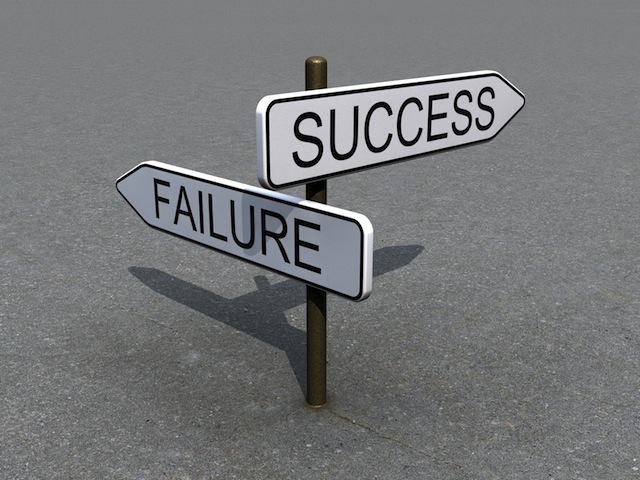It’s sad when a Kickstarter project fails to meet its promises and the story of the Collusion Pen, a stylus designed for iPads, is a salutary lesson of how many people don’t understand when they buy into or set up a crowdfunding proposal.
The idea behind crowdfunding sites like Kickstarter is that artists, designers and inventors can publicise their projects, interested supporters can pledge funds in return for benefits like advanced previews, a signed book or an early version of version of the product.
For the Collusion pen, it’s the early version that’s upset supporters who’ve complained that the device is unusable in its current form.
Not getting the product when it was promised is standard for Kickstarter projects, late last year CNN Money reported how 84% of the site’s top listed ventures missed their target delivery dates.
The reason for Kickstarter’s apparent failures is that ideas are risky. Often, entrepreneurs and artists overestimate their skills and underestimate the scale of the task they’ve given themselves.
Added to this, Kickstarter is an expensive way to raise capital. When another Australian startup Moore’s Cloud went onto Kickstarter to fund their internet connected light, they found that to cover the $285,000 development costs they had to win pledges worth $700,000.
Moore’s Cloud missed their target and have gone on to raising money independently.
Apart from the those risks we set our expectations too high – we believe the first versions will be perfect out of the box and every idea will make the founder a billion.
In his article The Fake Church of Entrepreneurship, US business founder Francisco Dao discussed how much of the start up community is based up on religious beliefs about the sanctity of founders and that everyone can become rich by selling their idea to a greater fool.
The sad thing is that ideas are like armpits – most of us have a couple and almost all of them stink.
Not that people shouldn’t have a go; having a hare brained idea and making it a reality is the foundation of human progress. It’s just that most ideas don’t work out.
Making matters worse is our inability to evaluate risk; notable in the Sydney Morning Herald story are the consumer and investor protection angles.
If someone isn’t getting what they thought they had been promised, then “the government aught to do something.”
The biggest risk of all to Kickstarter and other crowdfunding sites is that governments will regulate them either as stores or as investments.
As investments crowdfunding projects will be hiring lawyers and bankers to draft densely worded product disclosure statements which will see ventures like Moore’s cloud having to raise a couple of million more to cover their legal costs.
Should crowdfunding be considered as a consumer issue, then projects will have be expected to deliver or face action from consumer protection agencies which would make most nonviable.
The stories of crowdfunding successes have to be considered in the same way as most artistic and entrepreneurial ventures; we hear about the winners, but we don’t hear so much about those who didn’t ‘succeed’.
While we – as consumers, investors and entrepreneurs – don’t think through those risks, we’ll be disappointed in tools like crowdsourcing which would be a shame as its a good way for some ideas to get a healthy start.
Failure image courtesy of cobrasoft on sxc.hu




